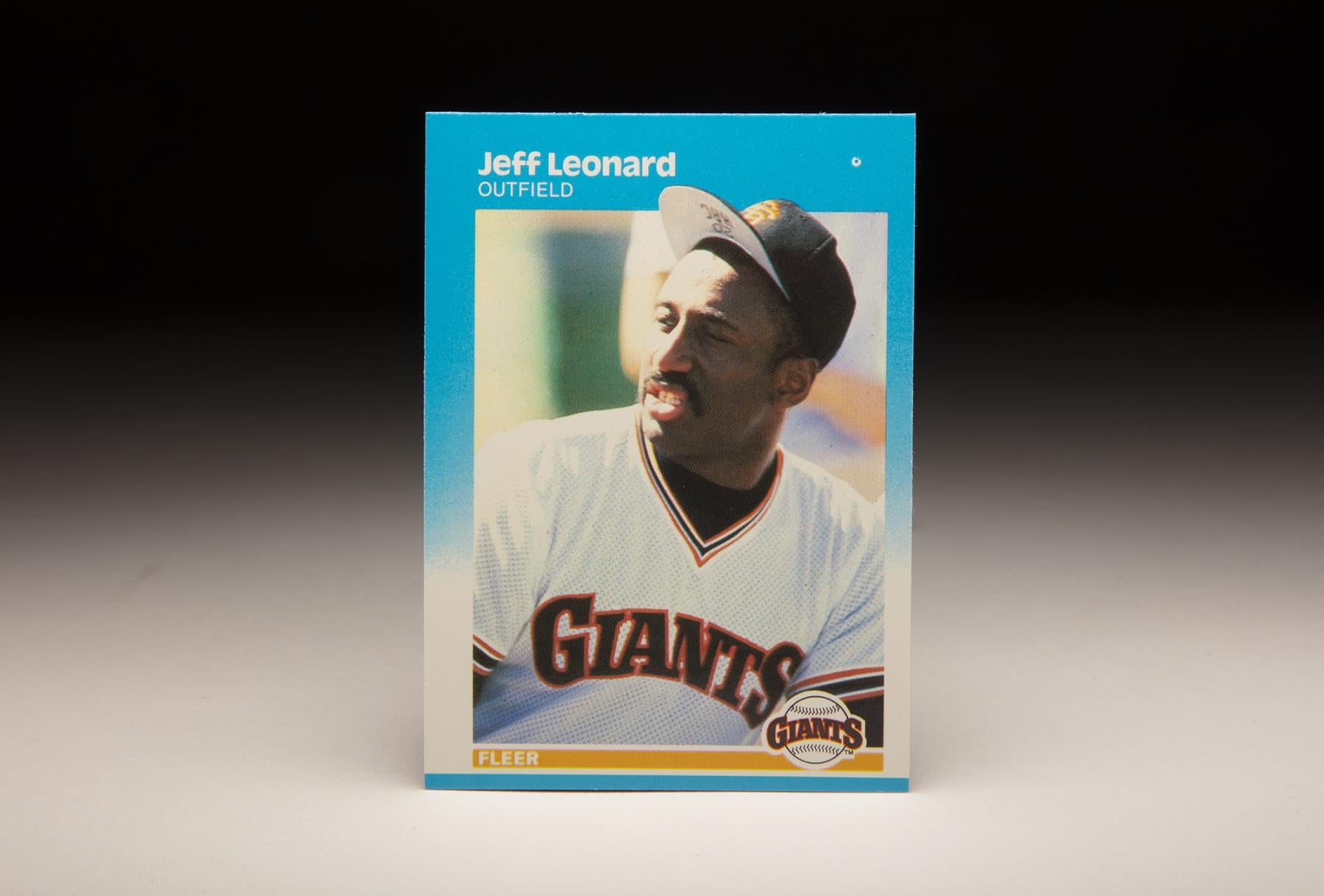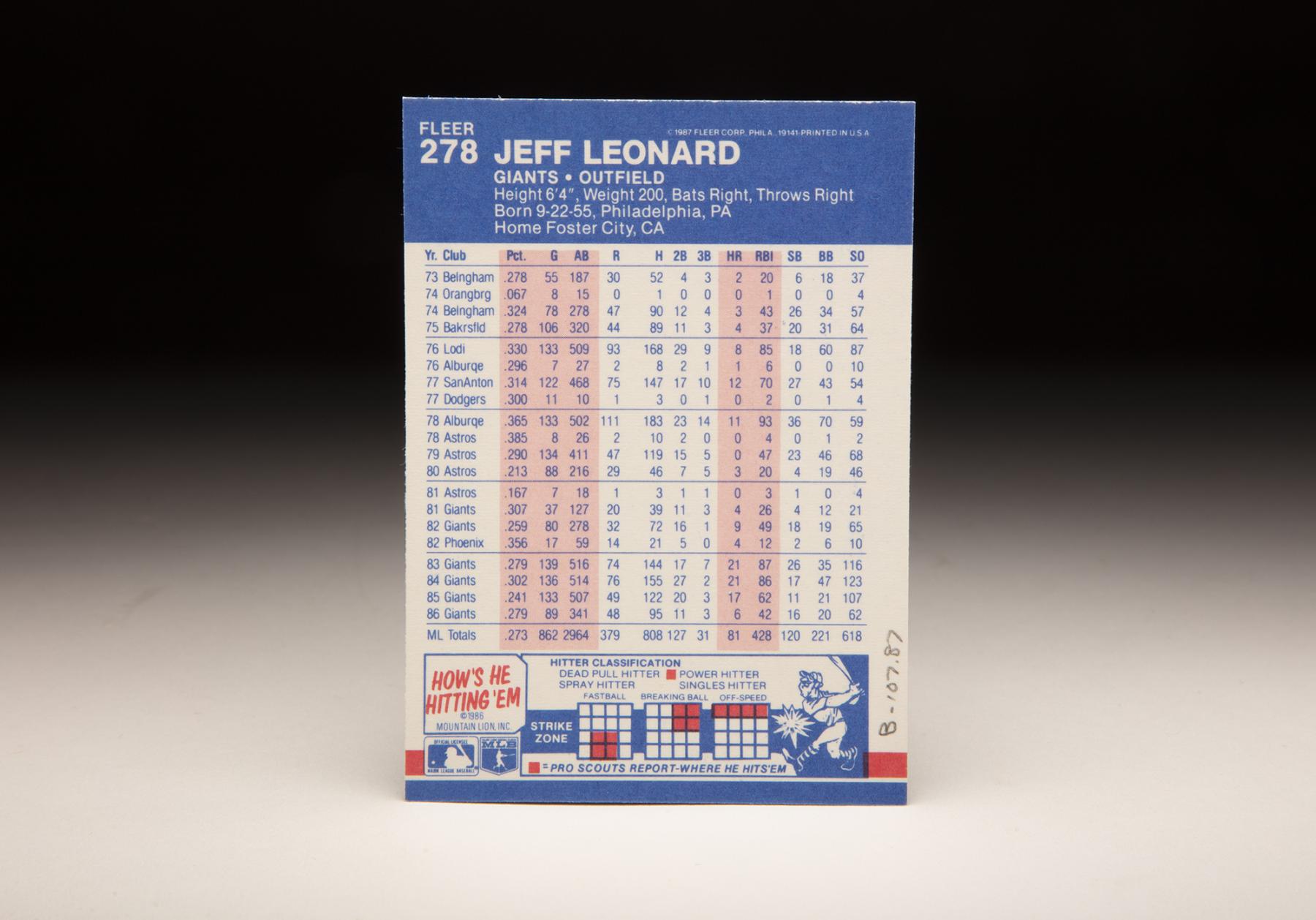- Home
- Our Stories
- #CardCorner: 1987 Fleer Jeffrey Leonard
#CardCorner: 1987 Fleer Jeffrey Leonard
In the context of today’s home run celebrations, Jeffrey Leonard’s home run trot during the 1987 National League Championship Series seems quite tame.
But when Leonard circled the bases with what became known as “One Flap Down”, the baseball world let out a collective gasp.
It would be the highlight of a career that saw Leonard transform into one of the game’s most polarizing figures – and one of its best outfielders.
Jeffrey Leonard was born Sept. 22, 1955, in Philadelphia. A terrific high school athlete, Leonard starred in football (as a tight end and linebacker), basketball and baseball at Overbrook High School, which also produced NBA legends Wilt Chamberlain and Walt Hazzard. But Leonard was not selected in the 1973 MLB Draft, seemingly putting an end to his big league dreams.
“We had so few games to begin with,” Leonard told the Philadelphia Daily News of his high school baseball career. “Then you get rain and there’s no time to make the games up. Or it gets cold and there’s nobody there.
“I can look back now and know that the program there didn’t prepare me for what was down the road.”
Official Hall of Fame Merchandise
Hall of Fame Members receive 10% off and FREE standard shipping on all Hall of Fame online store purchases.
But a chance encounter with Dodgers scout Ed Liberatore led Leonard to a free agent deal with Los Angeles. Soon after signing on June 7, 1973, Leonard was headed for Bellingham, Wash., where he hit .278 in 55 games in the Class A Northwest League as the Dodgers converted the former high school shortstop into an outfielder.
Leonard returned to Bellingham in 1974, where he hit .324 with 26 stolen bases in 78 games. He earned a promotion to Bakersfield of the California League in 1975, where he hit .278 with 20 steals in 106 games but continued to exhibit little power.
“I signed with Los Angeles, (and) I suddenly realized how much there was to learn,” Leonard told the Philadelphia Daily News. “Pitches I had never seen…sliders, change-ups, off-speed stuff. There were fundamentals I just wasn’t strong in.”
In 1976, the California League was reduced to a six-team loop, and the Dodgers sent Leonard back to the league with their new outpost in Lodi. There, Leonard had his first tasted of prolonged success, hitting .330 with a .399 on-base percentage, 29 doubles, 85 RBI and 18 steals. The Dodgers promoted him to Triple-A Albuquerque at the end of the season, sent him to the Arizona Fall League for more seasoning then shipped him to Double-A San Antonio in 1977 – where Leonard hit .314 with 12 homers, 70 RBI and 27 steals in 122 games.
On Sept. 1, the Dodgers brought Leonard to Los Angeles. He appeared in 11 games, debuting on Sept. 2 against the Pirates and legging out an infield single off Terry Forster in his first plate appearance.
“In San Antonio, (the ground ball) was a hit, but I looked and realized the shortstop (Frank Taveras of the Pirates) was coming across, picking it up,” Leonard said. “I couldn’t believe it. I ran hard, beat it out.”
Leonard appeared in 11 games in September, coming to the plate 11 times and totaling three hits to help the Dodgers win the NL West title. Though he was not included on the team’s postseason roster, Leonard had become one of the team’s top prospects.
“I could stay and watch the playoffs, but I’m going right to Mexico (to play in the Mexican Winter League) when the season ends,” Leonard told the Philadelphia Daily News. “When you’re young, you want to progress, so you have to work. They say one in 50 makes it to the big leagues, so I tell myself if I do it right, I can be the one.”
Leonard starred at Triple-A Albuquerque in 1978, hitting .365 with 23 doubles, 14 triples, 11 homers, 36 steals, 111 runs scored and 93 RBI in 133 games.
But in a deep Dodgers farm system, Leonard was seen as a luxury.
On July 1, Los Angeles reacquired veteran catcher Joe Ferguson – who played for the Dodgers from 1970-76 – in a deal with the Astros for players to be named later. The Dodgers quickly sent Rafael Landestoy to the Astros, then completed the trade on Sept. 11 by sending Leonard to Houston.
On Sept. 14, Leonard made his Astros debut as a pinch hitter against the Dodgers. He recorded a hit in each of his next seven games to finish the year with a .385 batting average with Houston.
Leonard began the 1979 season in a bench role for the Astros. But with Leonard maintaining a batting average well over .300 into May, Astros manager Bill Virdon decided he needed to find a way to get Leonard more at-bats. That month, Virdon moved César Cedeño from center field to first base, putting Bob Watson on the bench and eventually settling on an outfield mix of José Cruz in left, Terry Puhl in center and Leonard in right.
Ironically, it had been Watson who had guided Leonard through his first spring with the Astros.
“No matter how much talent a young player has, he can benefit from advice,” Watson told the Poughkeepsie Journal. “When I was first coming along, Tommy Davis worked with me day after day. I thought I could do the same favor for Jeff.”
On June 13, 1979, the Astros traded Watson to the Red Sox. Leonard, meanwhile, solidified his job in right field and finished the season with a .290 batting average in 134 games. He would finish second in the NL Rookie of the Year voting behind the Dodgers’ Rick Sutcliffe and was named the Sporting News Rookie Player of the Year.
But in the spring of 1980, Cedeño announced that he wanted to return to the outfield. This put Leonard in a platoon role, and he clashed with Virdon about playing time.
“It really bummed me out,” Leonard told the Sacramento Bee. “I wasn’t cool about it. I mouthed off. Virdon and I really never got along.”
After Leonard hit .213 in 88 games in 1980 – a season where the Astros won the NL West but Leonard totaled only three at-bats in the five-game NLCS vs. the Phillies – Houston traded him and Dave Bergman to the Giants on April 20, 1981, in exchange for Mike Ivie.
“There’s no question Jeff was a problem,” said Al Rosen, who was the Astros general manager in 1981 but reunited with Leonard when he became the Giants’ GM in 1985. “They felt he was a bad apple, a bad influence, because he let his dissatisfaction be known.
“That was the worst trade I ever made.”
Following the deal, the Giants sent Leonard to Triple-A Phoenix, where he hit .401 with 45 RBI and 18 steals in 47 games. After the strike that interrupted the big league season, Leonard debuted with the Giants and hit .307 in 37 games to end the year.
Leonard suffered an injured wrist in 1982 and played in only 80 games, hitting .259 with nine homers, 49 RBI and 18 steals. Following the season, he sought treatment for a drug abuse problem.
“I was skeptical at first – I didn’t think I needed help,” Leonard told the Bee. “Then I entered a program and found out how messed up I really was.”
With his newfound sobriety, Leonard returned better than ever in 1983. In 139 games – mostly in left field – Leonard hit .279 with 21 homers, 87 RBI and 26 steals, becoming one of only five 20 homer/20 steal players in the big leagues that year. Following the season, Leonard signed a five-year deal worth about $4.5 million that would keep him with the Giants through the 1988 season.
Finding a kindred spirit in Giants manager Frank Robinson, Leonard – who earned the nickname Hac Man for his preference for trying for hits rather than taking walks – blossomed into a veteran leader.
“I had a bad reputation as a player, too,” Robinson said. “People said my attitude was bad. I didn’t wear off that label until I got to Baltimore, after 10 years in the bigs.”
Leonard virtually repeated his 1983 campaign the following year, hitting .302 with 21 homers, 86 RBI and 17 steals. But Robinson was dismissed during the 1984 season, and in 1985 the Giants lost 100 games as Leonard – who was named team captain three days before the season opener – hit .241 with 17 homers during a season in which Leonard testified about drug usage in baseball at an infamous trial in Pittsburgh.
A refocused Leonard asked he be referred to as “Jeffrey” starting in 1986, and the Giants improved to 83-79 under new manager Roger Craig despite Leonard missing the final two months of the season with a wrist injury.
Then in 1987, Leonard and the Giants stormed out of the gate – with San Francisco beginning the season with a 21-10 mark and Leonard hitting .369 as late as June 1. It was also the season that Leonard changed his uniform number to 00, a radical shift in that era and one that many interpreted as Leonard’s overall dissatisfaction.
But his play on the field belied that theory, as Leonard was selected to his first All-Star Game that summer and the Giants won the NL West and met St. Louis in the NLCS – setting the stage for Leonard to grab the national spotlight.
In the fourth inning of Game 1, Leonard homered to center field off Greg Mathews, starting for St. Louis in place of the injured Danny Cox. The homer gave the Giants a 2-1 lead in a game they would ultimately lose 5-3 – and Leonard celebrated by rounding the bases with his left arm stiff at his side, a gesture that would become known throughout baseball as “One Flap Down”.
Leonard would set a record by homering in each of the first four games of the NLCS, but the Cardinals – who took aim at Leonard in the batter’s box for much of the rest of the series – would shut out San Francisco in Games 6 and 7 to win the pennant. Leonard hit .417 with a .500 on-base percentage, becoming the first position player from a losing team to be named NLCS MVP.
Entering the final season of his contract, Leonard proclaimed in Spring Training of 1988 that the Giants were headed for the World Series. But San Francisco could not recapture the magic of 1987, falling to 46-44 just days after the All-Star Break to effectively end any hopes of another NL West title. By that point, Leonard was in Milwaukee – having been traded to the Brewers on June 8 in exchange for Ernest Riles.
“It’s not too much of a surprise,” Leonard told the Capital Times of Madison, Wisc. “Hopefully, I’ll get to play every day in Milwaukee – wherever that is.”
Leonard finished the 1988 season with a .242 batting average, 10 homers and 64 RBI in 138 games.
On Dec. 7, 1988, Leonard signed a two-year, $1.75 million contract with the Seattle Mariners. He responded with his best power season in 1989, notching career-bests in home runs (24) and RBI (93) while playing in a personal-best 150 games and earning his second All-Star Game berth. Slowed by injuries in 1990, Leonard hit .251 with 10 homers and 75 RBI in 134 games.
With his contract up, Leonard found no big league offers and spent the 1991 season with the Royals’ Triple-A team in Omaha and retired after appearing in just 68 games.
Leonard managed in the Oakland Athletics system in the late 1990s and also skippered teams in independent leagues and in college.
He finished his 14-year big league career with 1,342 hits, 144 home runs, 163 stolen bases and a .266 batting average despite battling a variety of injuries throughout his playing days.
“It’s like Hac’s carved out of stone,” teammate Bob Brenly told the Sacramento Bee. “He’s definitely different when it comes to handling pain. Hac is something special.”
Craig Muder is the director of communications for the National Baseball Hall of Fame and Museum
Related Stories
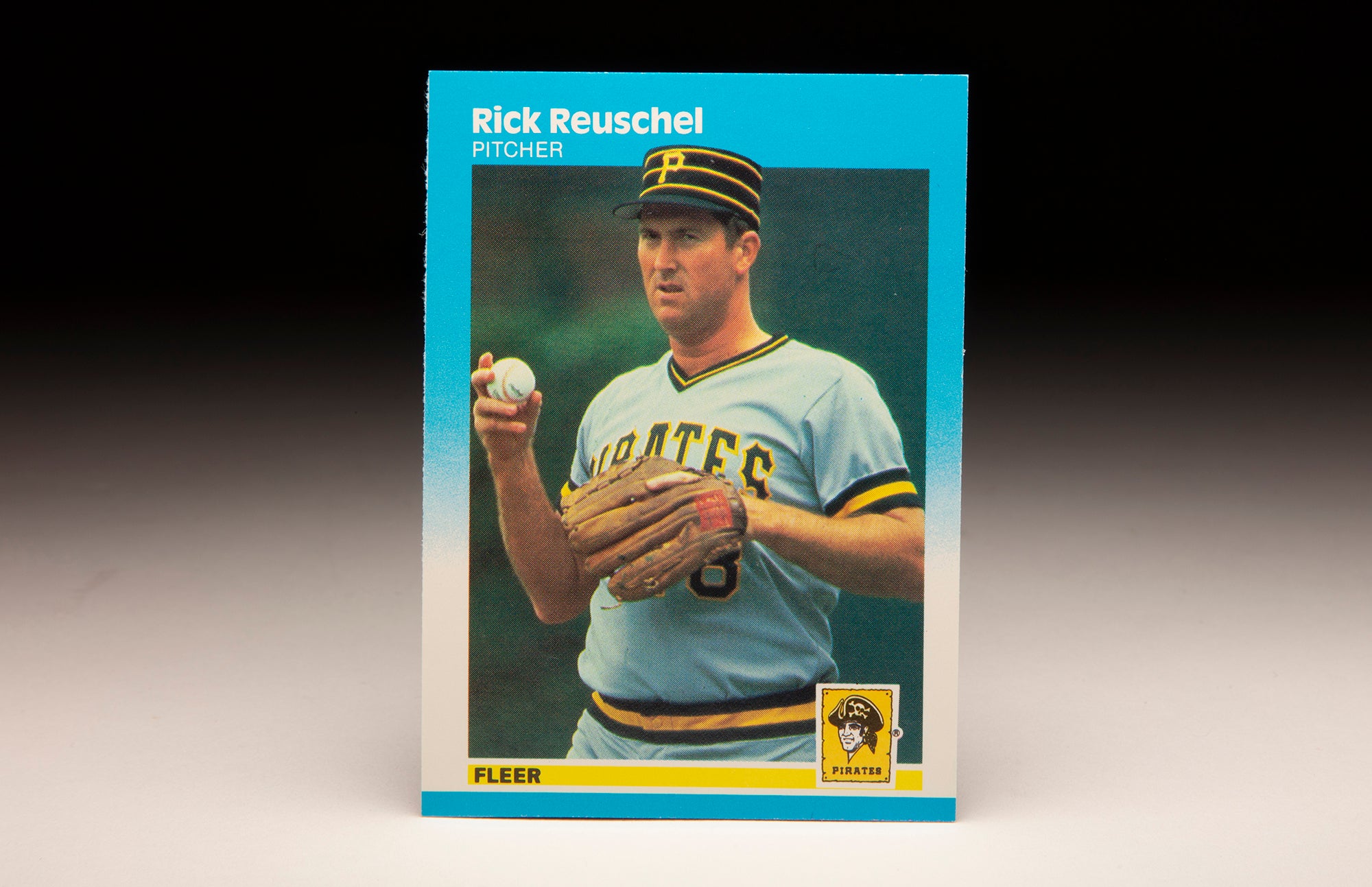
#CardCorner: 1987 Fleer Rick Reuschel
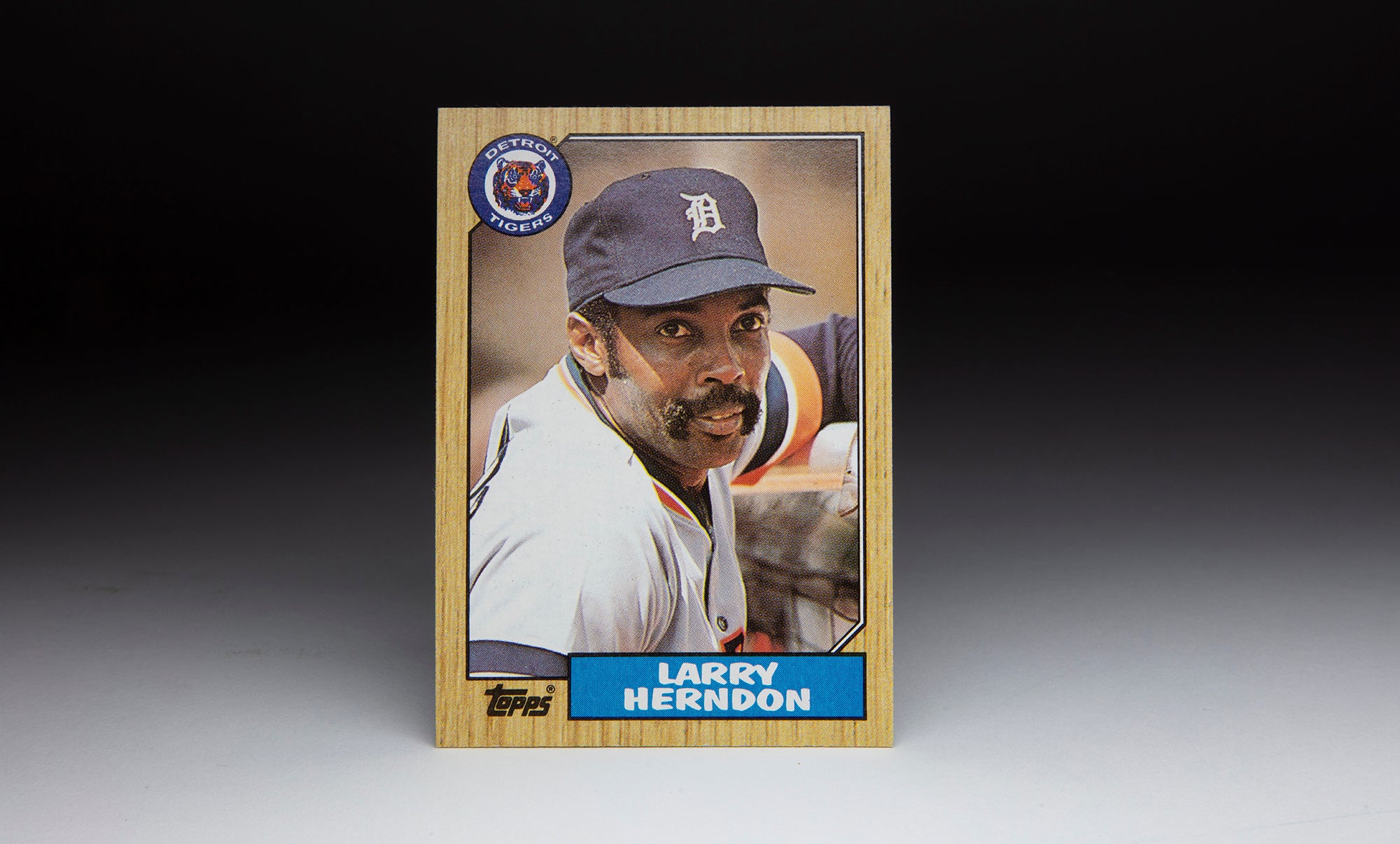
#CardCorner: 1987 Topps Larry Herndon
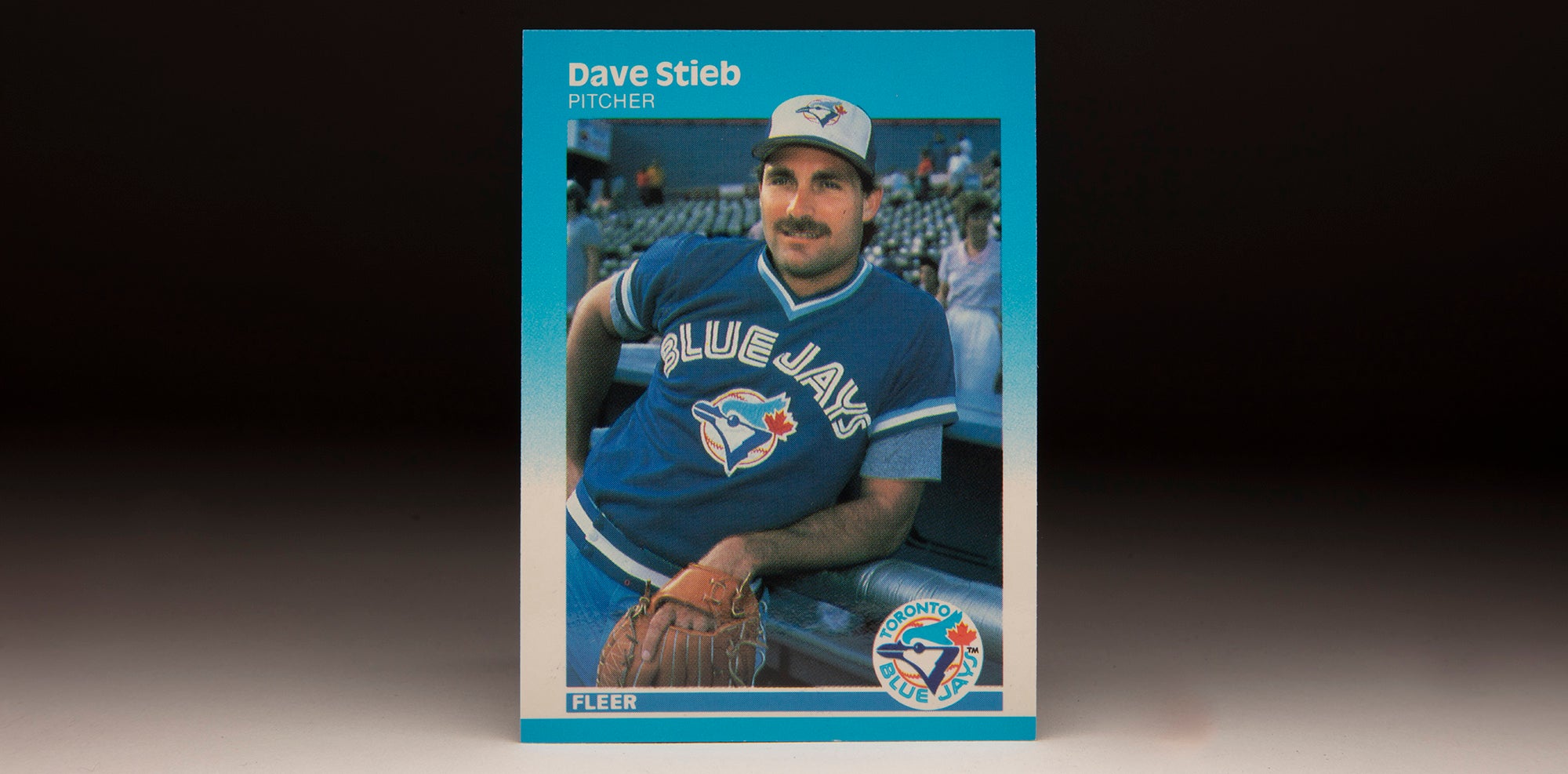
#CardCorner: 1987 Fleer Dave Stieb
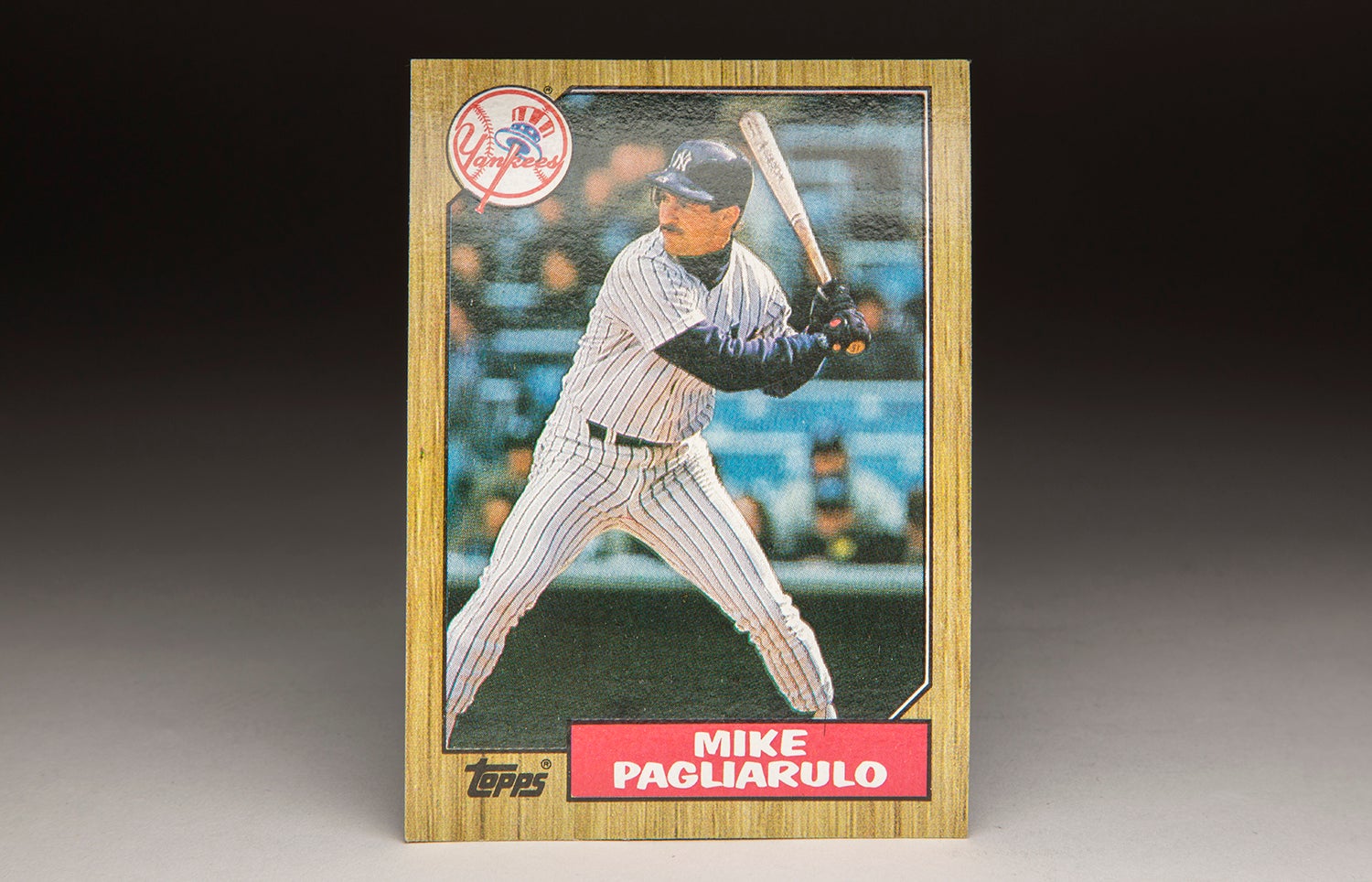
#CardCorner: 1987 Topps Mike Pagliarulo

#CardCorner: 1987 Fleer Rick Reuschel

#CardCorner: 1987 Topps Larry Herndon

#CardCorner: 1987 Fleer Dave Stieb


